Before we go over the receipt and care of equipment, we need to take a quick look at a prior article. Also written by Curtis Stoddard, it covers the pre-construction checklist. Here’s a quick review, as noted by Stoddard:
PRE-INSTALLATION CHECKLIST - Prior Planning Prevents Poor Performance
- All gas, water, electrical, cable, and sprinkler lines should be marked before digging starts.
- Check all documents to be sure equipment, measurements, top of surfacing, and all information coincide.
- Is the drainage out of the way of the playground footings?
- How, where, and who will unload, store, and secure the playground equipment and surfacing?
- Are there clear written directions, specifications, and drawings to place and build the playground?
- Can the construction site be accessed safely by the tractors, trucks, and other heavy equipment?
- Is the ground level? Playgrounds are generally designed to sit on a level surface.
- How and who will be responsible for securing the construction site from the public until after the cement has cured and the protective surfacing is installed?
- Has the safety surfacing been scheduled to arrive as soon as the playground equipment concrete has been poured?
- How will the footing dirt be disposed of?
- How will packing and shipping waste materials be disposed of?
- Where are water, electricity, and toilets?
Now let's get down to receiving and caring for playground parts. Almost all parts for pre-manufactured playgrounds arrive at the installation crew as a finished product. This means the cutting, sanding, painting, or other means of finishing the pieces and components have been completed. Scratch the paint, and it stays scratched; gouge the plastic, and it will stay gouged; rip the PVC coating, and it will stay ripped. This means that the way playground parts are packaged at the factory, the care taken by the people who handle the materials during loading and unloading, shipping, and storing are all essential to the function, durability, and appearance of the finished playground project.
Manufacturers employ various ways to package and ship their playground parts. Parts are packaged in cardboard, plastic, or wooden crates, with all packaging done to protect playground parts from the moment they leave the manufacturer to the time the installer removes the protective coverings to begin installation. It is in the manufacturer's best interest to protect their product during shipping, as powder coating and other finish processes are expensive, and freight to reship a damaged part is also expensive. It is in the best interest of the freight company to continue the standard care by making sure freight doesn't shift, is not moved more times than is necessary, and arrives at the jobsite in the same condition it was in when it left the manufacturer. Whoever receives the shipment and off-loads the freight from the truck is responsible for protecting the valuable shipment further.
Practicing safe habits during the unloading process is always a priority. Use extreme caution when using a motorized vehicle such as a forklift to off-load playground equipment. Do not puncture boxes or crates with the forks of a forklift. Do not overload a forklift. When turning with a forklift, be aware that the front end holding the equipment will make wide, sweeping turns. Keep equipment low to the ground when transporting.
If the playground is not ready for immediate installation, care should be taken to protect the equipment with covered storage. Many manufacturers put tags on the equipment that identify the parts. Sunshine and rain will ruin these tags, making identification of parts a bigger chore. Store the equipment off the ground on wood kickers, pallets, plastic, or cardboard. Be sure that it is stored in an area that prevents theft.
As the equipment is unloaded, carefully count each piece and examine the packaging for damage. If there are missing parts, now is the time to discover them. If there are any damaged parts, now is the time to report it. The number of crates, pallets, boxes, or other containers should match the bill of lading provided by the freight company.
Containers should not be broken open or damaged. Check freight receipts to verify the number, size, weight, and that hardware packages are all accounted for. If the number of containers or parts does not correspond to the number represented on the bill of lading, do not sign the freight company's receipt.

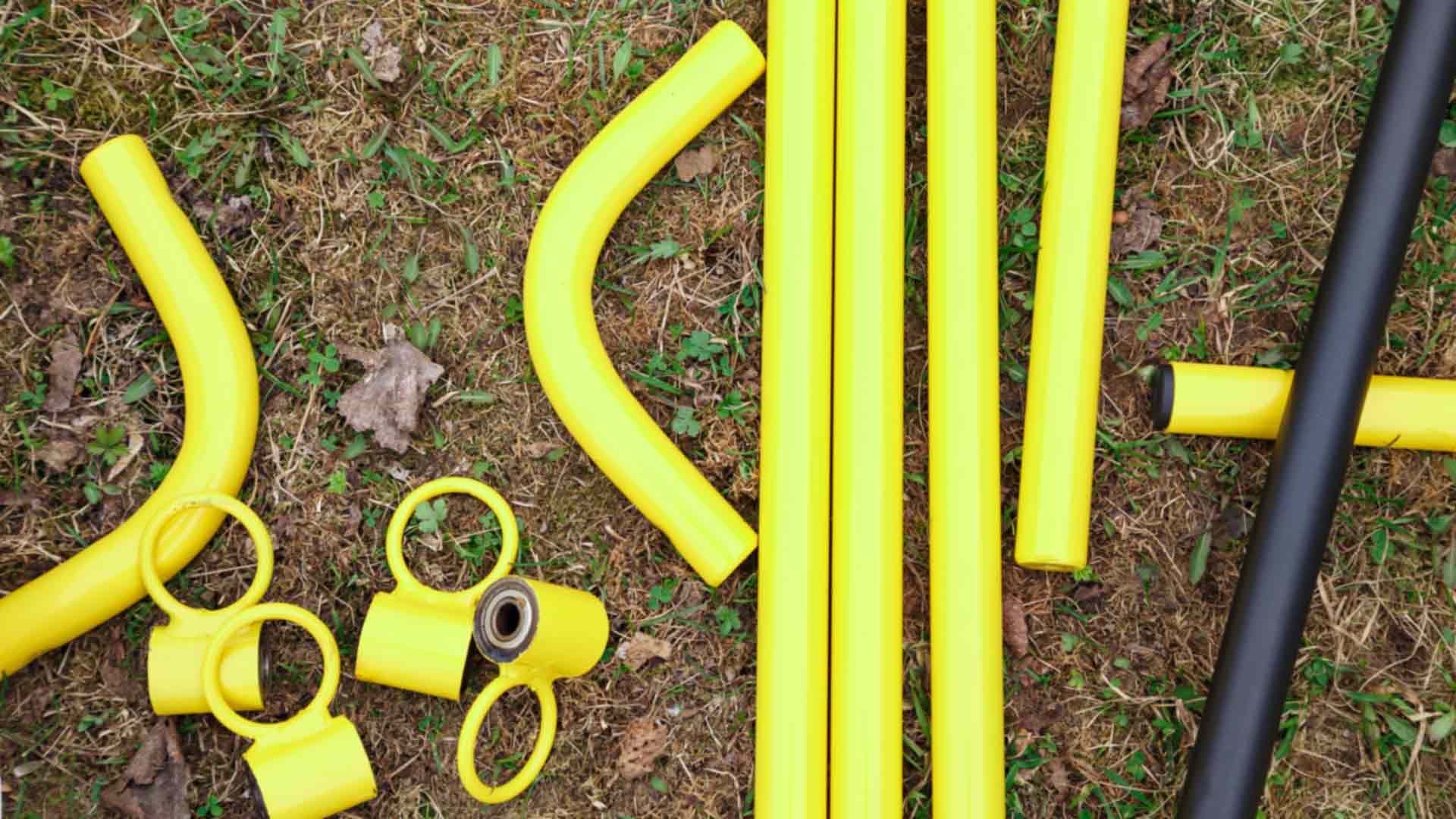

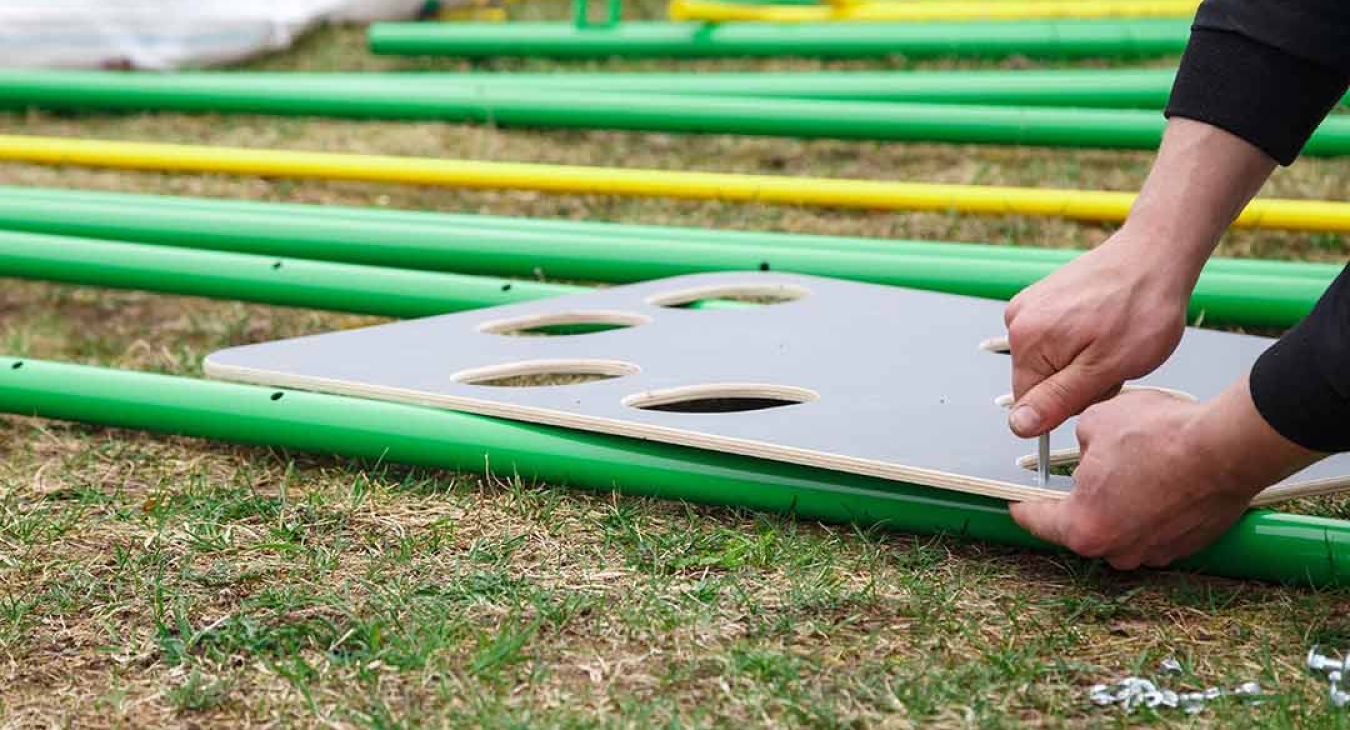
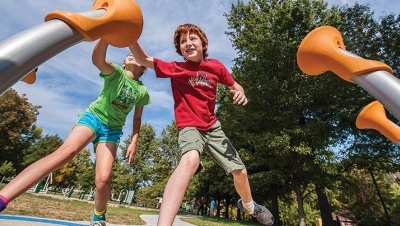
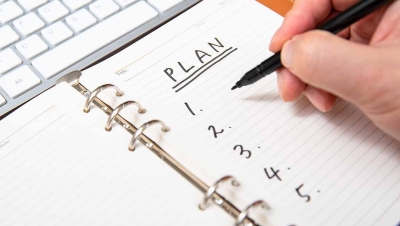
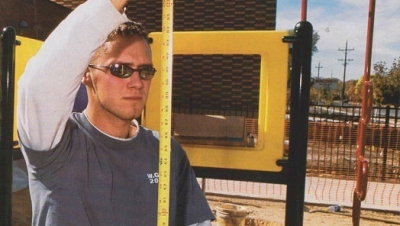
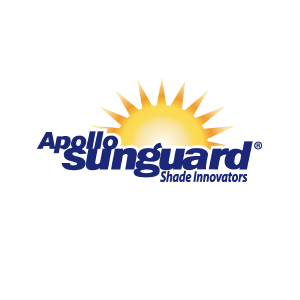
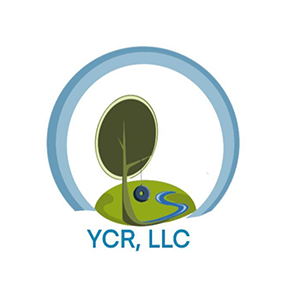

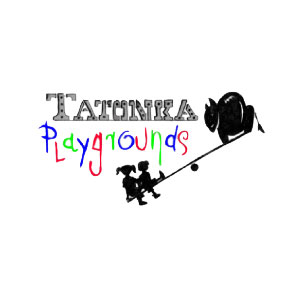
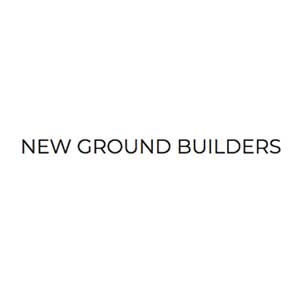
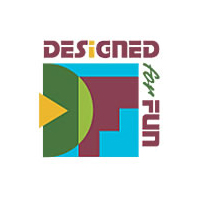
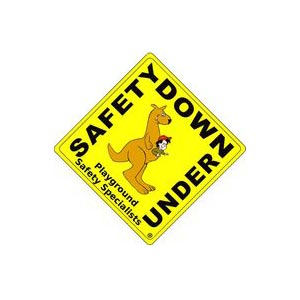
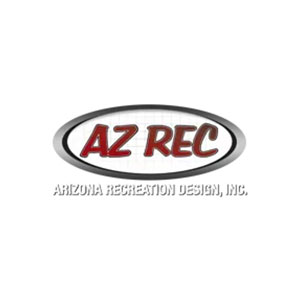


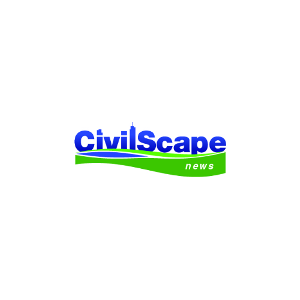
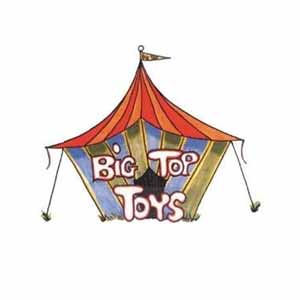
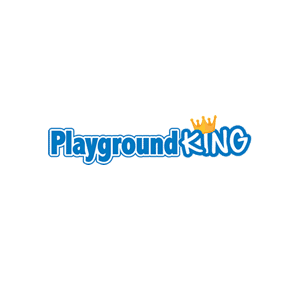
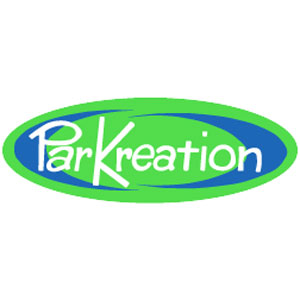
Add new comment